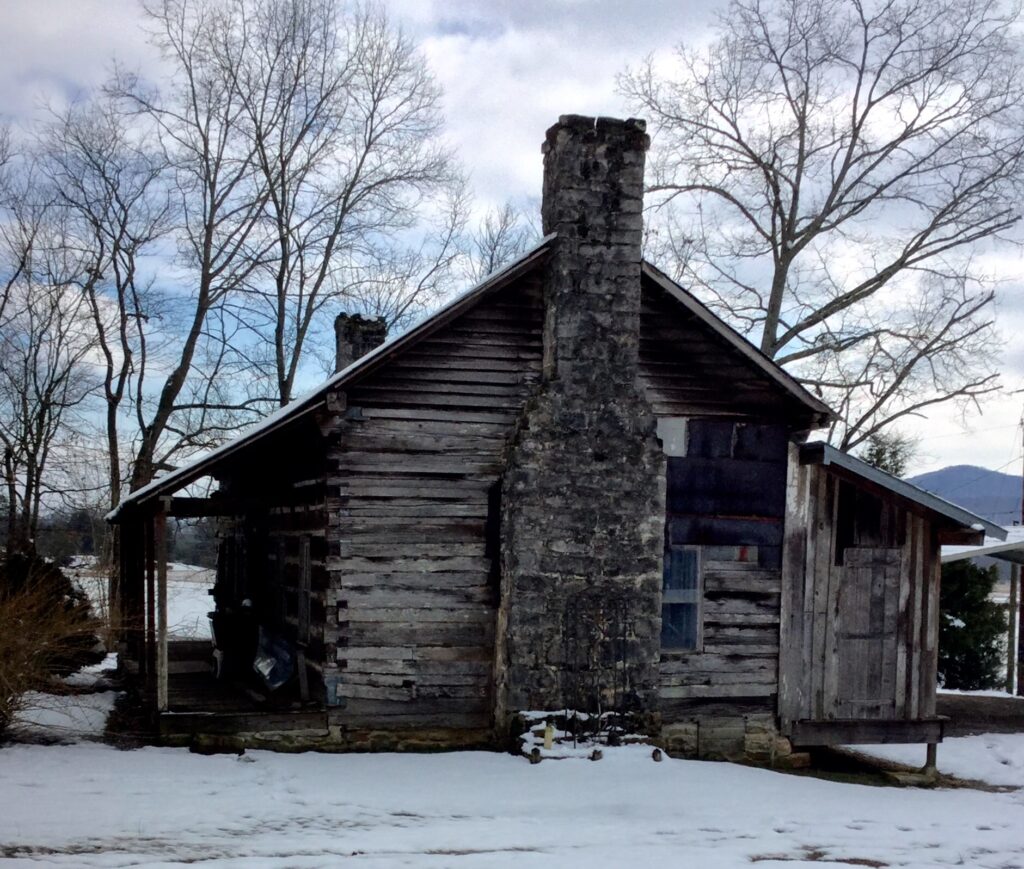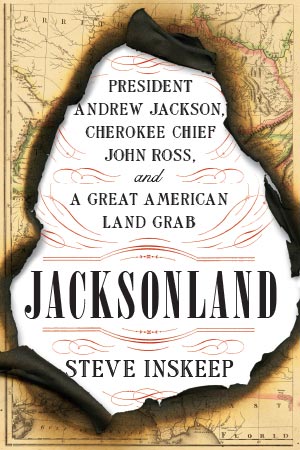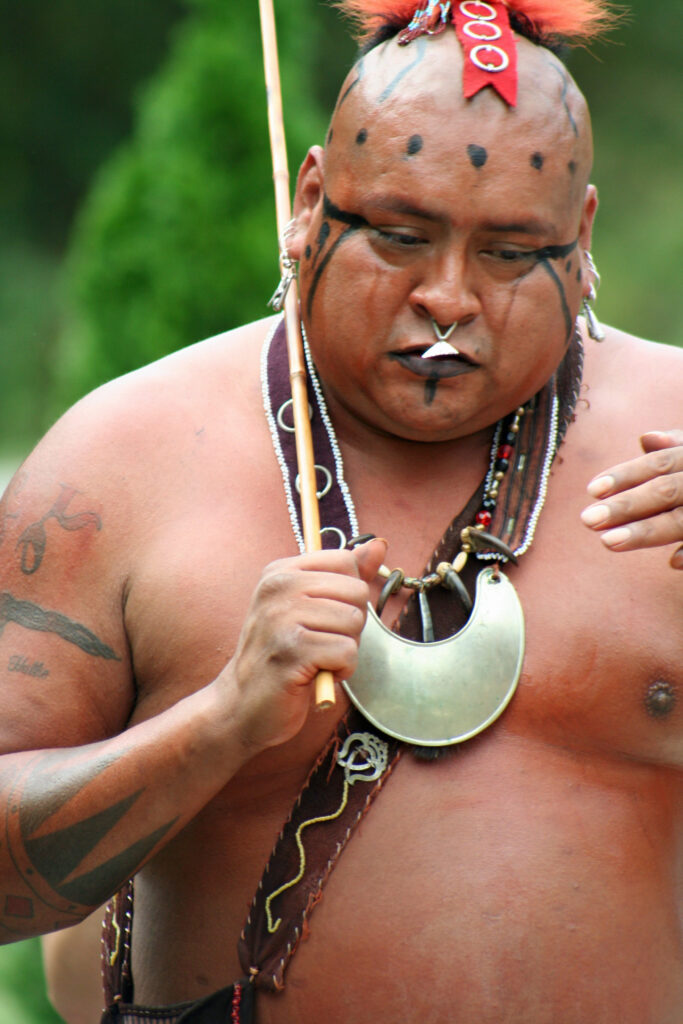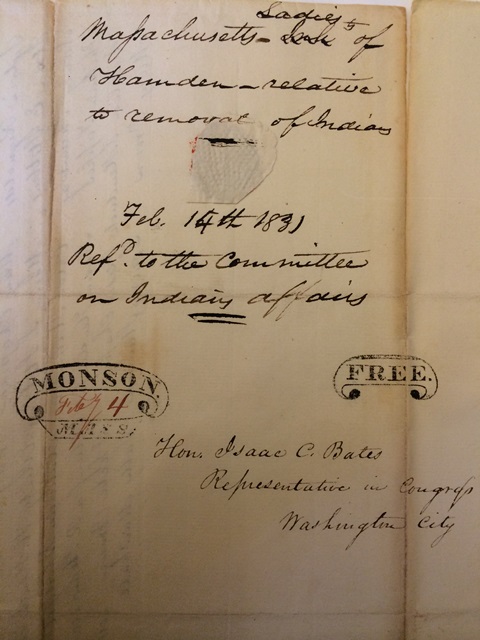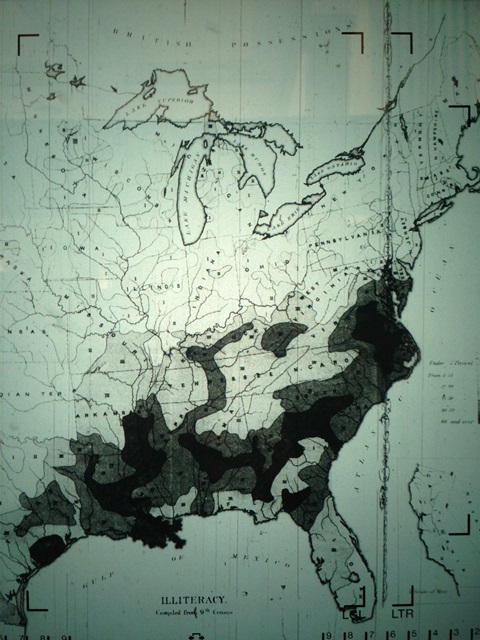Posts Tagged ‘Jacksonland’
A Glimpse of Jackson County, Alabama
The last Indian rights to Alabama land were terminated by 1838, when the Cherokees were removed. This made space, in many places, for enormous cotton plantations, and in others for modest farmhouses like this one.
Read MoreThe Layers of History at Cartacay Methodist Church
From Greg Kindall, Ellijay, Georgia: “Built in 1859 to replace a 1834 structure, this fine old church is on the National Register of Historic Places. My 4th great-grandfather was a Civil War-era minister here.” The town of Ellijay, in north Georgia, was once part of the Cherokee Nation. It was on “the Indian map,” territory…
Read MoreJacksonland: President Andrew Jackson, Cherokee Chief John Ross, and a Great American Land Grab
From Steve Inskeep, NPR Host and author, Jacksonland is the thrilling narrative history of two men—President Andrew Jackson and Cherokee chief John Ross—who led their respective nations at a crossroads of American history. Five decades after the Revolutionary War, the United States approached a constitutional crisis.
Read MoreA Warrior of AniKituwah
“The Warriors of AniKituwah at the North Carolina Arboretum. The Emissaries of Peace Exhibit from The Museum of the Cherokee Indian was on display at the arboretum.”
Read MoreThe Unbelievable Solitary Confinement Prison in Jacksonland
This is Philadelphia’s Eastern State Penitentiary, built in the 1820’s as a model prison. In keeping with the latest thinking in criminal justice reform, the prison was designed so that every single prisoner would be kept in solitary confinement for the entirety of his term.
Read MoreWomen’s Movement, Circa 1830
Jacksonland shows how his opponents broadened democratic participation too. This image, taken at the National Archives, shows the cover of an 1831 petition to Congress. It was from the “Massachusetts Ladies of Hamden relative to removal of Indians.” Women had no right to vote in Jackson’s era, but some found a way to dissent.
Read More“Tribal Grounds” – The Backstory of a Cherokee Coffee
I received this coffee in Asheville, North Carolina from Natalie Smith, of the Eastern Band of the Cherokee. They are descendants of Cherokees who were allowed to remain in remote areas of North Carolina, even as most Cherokees were removed from the region in 1838. They remain part of the fabric of Jacksonland. She told me this:
Read MoreLiteracy in Jacksonland
The map comes from a book by Catharine Beecher, who campaigned against the Indian Removal Act of 1830. By profession Beecher was an educator. And when she wrote a memoir in 1874, she titled it “Educational Reminiscences and Suggestions.”
Read MoreAndrew Jackson in the State He Added to the Union
“One of the most striking images of Andrew Jackson can be found in the mural ‘A New Capital’ located inside the chamber of the Florida House of Representatives. Painted by Christopher M. Still, the mural depicts General Andrew Jackson holding a 23-star American Flag flown in 1821 – the year Florida became a territory of the United States. The painting contains 24 symbols of history including a dual placard nailed to a tree behind the Governor. I
Read MoreThe Shifting Racial Identity of John Ross
. Ross was a man of mixed race. He lived for years near the border between the Cherokee Nation and the “whiteside,” as he sometimes called the territory of white settlers. And in an era when Cherokees commonly wore white styles of clothing, Ross sometimes slid across the line.
Read More